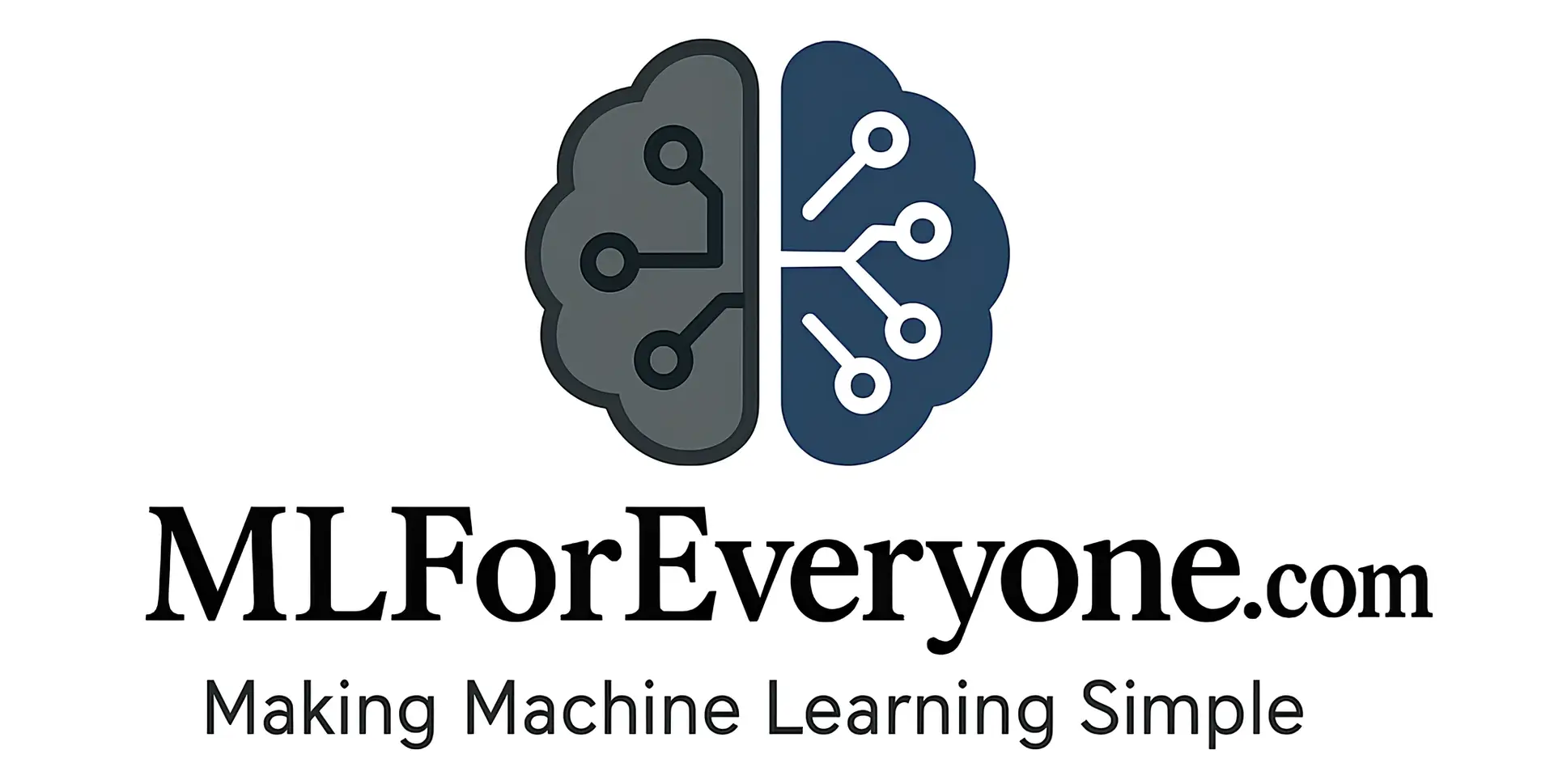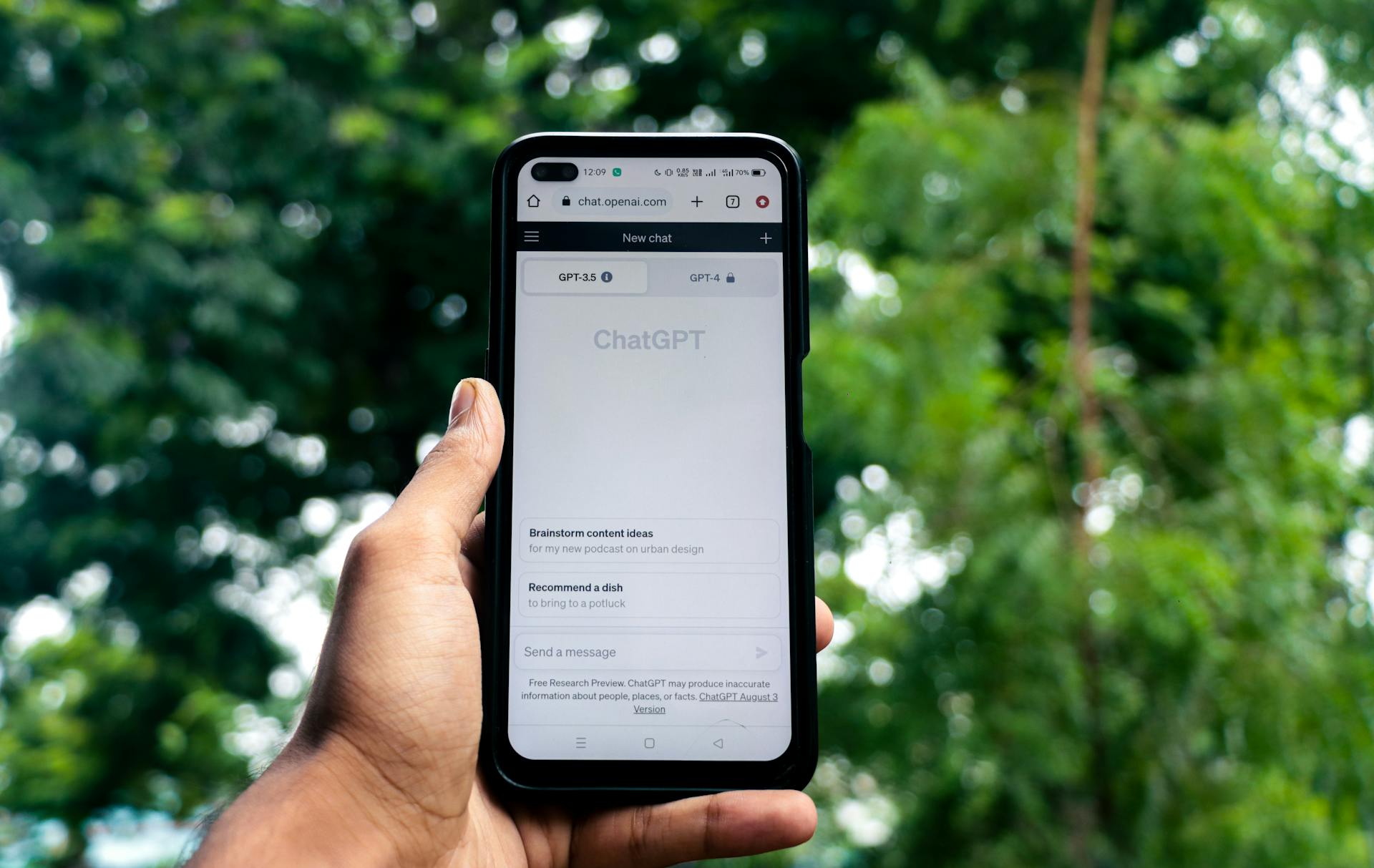As the pace of AI development accelerates, OpenAI is once again in the spotlight—this time with the anticipated release of GPT-5, the next-generation language model set to succeed GPT-4. Developers, researchers, and industry leaders are keenly watching for updates, and for good reason: the upcoming model is poised to reshape how we build and use intelligent systems.
In this post, we break down what’s currently known about GPT-5, how it compares to previous versions, and what it could mean for the future of AI applications in natural language processing, coding, creative content generation, and beyond.
What Is GPT-5?
GPT-5 is the next major iteration in OpenAI’s line of transformer-based large language models (LLMs). While GPT-4 set a high bar in multimodal reasoning, language comprehension, and code generation, GPT-5 is expected to push those boundaries further—possibly introducing more advanced memory systems, autonomous task planning, and fine-grained contextual reasoning.
Key Improvements Expected in GPT-5
1. Extended Context Window
With the rapid expansion in transformer architectures like Claude 3 and Gemini 1.5, GPT-5 is likely to support larger context windows, potentially exceeding 200K tokens, which will be a game-changer for document-heavy tasks.
2. Improved Long-Term Memory
Rumors suggest OpenAI may integrate persistent memory capabilities, allowing GPT-5 to retain knowledge across sessions—a significant upgrade for personal assistant use cases and research workflows.
3. Multimodal Fusion
Although GPT-4 supports text and image inputs, GPT-5 might fully integrate text, images, audio, and even video into a seamless pipeline, further expanding the frontier of AI-human interaction.
4. Better Instruction Following and Tool Use
With APIs and tools like function calling already in use, GPT-5 could bring more robust API integration and dynamic tool utilization, enabling real-time decision-making across multiple domains.
GPT-5 vs GPT-4: A Technical Snapshot
| Feature | GPT-4 | GPT-5 (Expected) |
|---|---|---|
| Context Length | 32K – 128K tokens | Up to 200K+ tokens |
| Multimodal Support | Text + Images | Text + Images + Audio/Video |
| Persistent Memory | Limited | Advanced, session-aware |
| Fine-tuning Capabilities | Available (via APIs) | More customizable |
| Response Precision | High | Ultra-high with less hallucination |
Impact on Developers and Enterprises
The release of GPT-5 will have significant implications for developers, AI researchers, and product teams. Enterprises that build on LLMs for customer support, workflow automation, and content generation should anticipate:
- Higher model accuracy and lower latency
- Greater fine-tuning control for custom applications
- More reliable outputs in regulated sectors (healthcare, law, finance)
Use Cases Set to Advance with GPT-5
- Real-time AI Agents for data analysis and task automation
- Advanced coding copilots that can handle complex software systems
- AI research assistants capable of understanding scientific papers
- Content creators using AI for high-quality video and podcast scripting
When Will GPT-5 Be Released?
OpenAI hasn’t confirmed an official release date, but several reliable sources suggest GPT-5 may launch in mid to late 2025. Internal testing reportedly began earlier this year, and beta programs could roll out soon to selected partners.
Conclusion
GPT-5 is not just another model upgrade—it represents a substantial leap in the evolution of artificial intelligence. Whether you’re a developer building AI products or a researcher tracking the trajectory of deep learning, staying updated on GPT-5 will be crucial in 2025.
For more updates on AI trends, ML research, and industry developments, bookmark mlforveryone.com and subscribe to our newsletter.




Leave a Reply